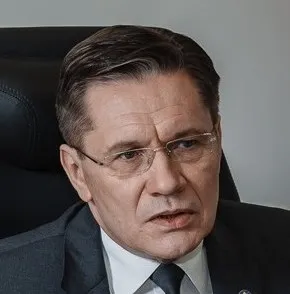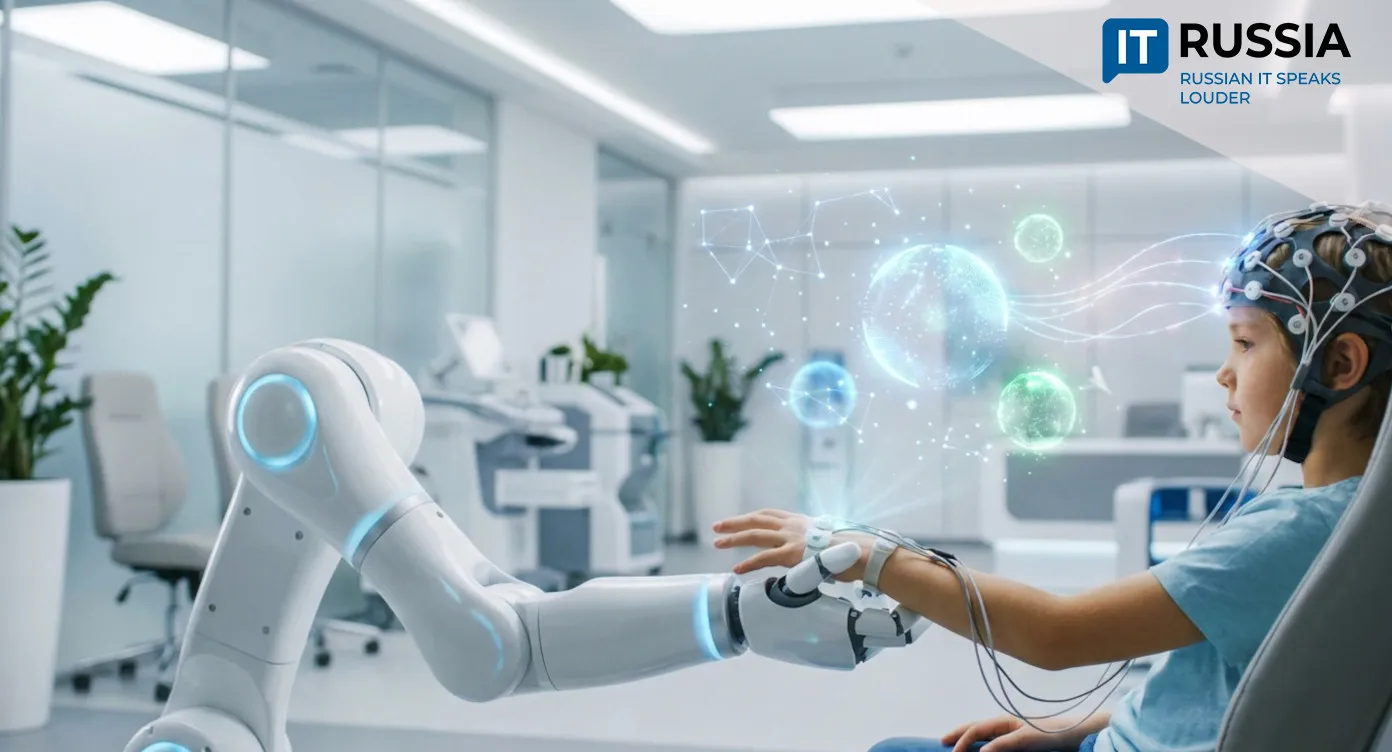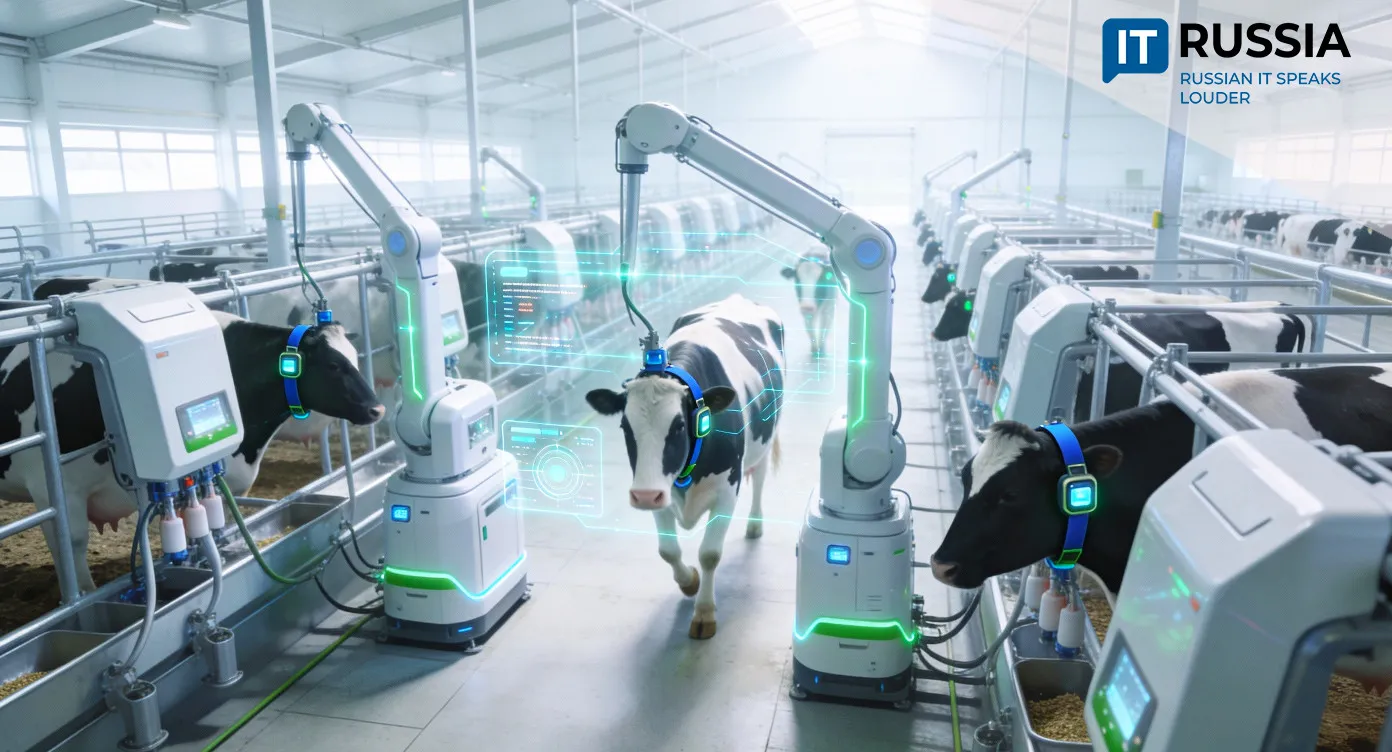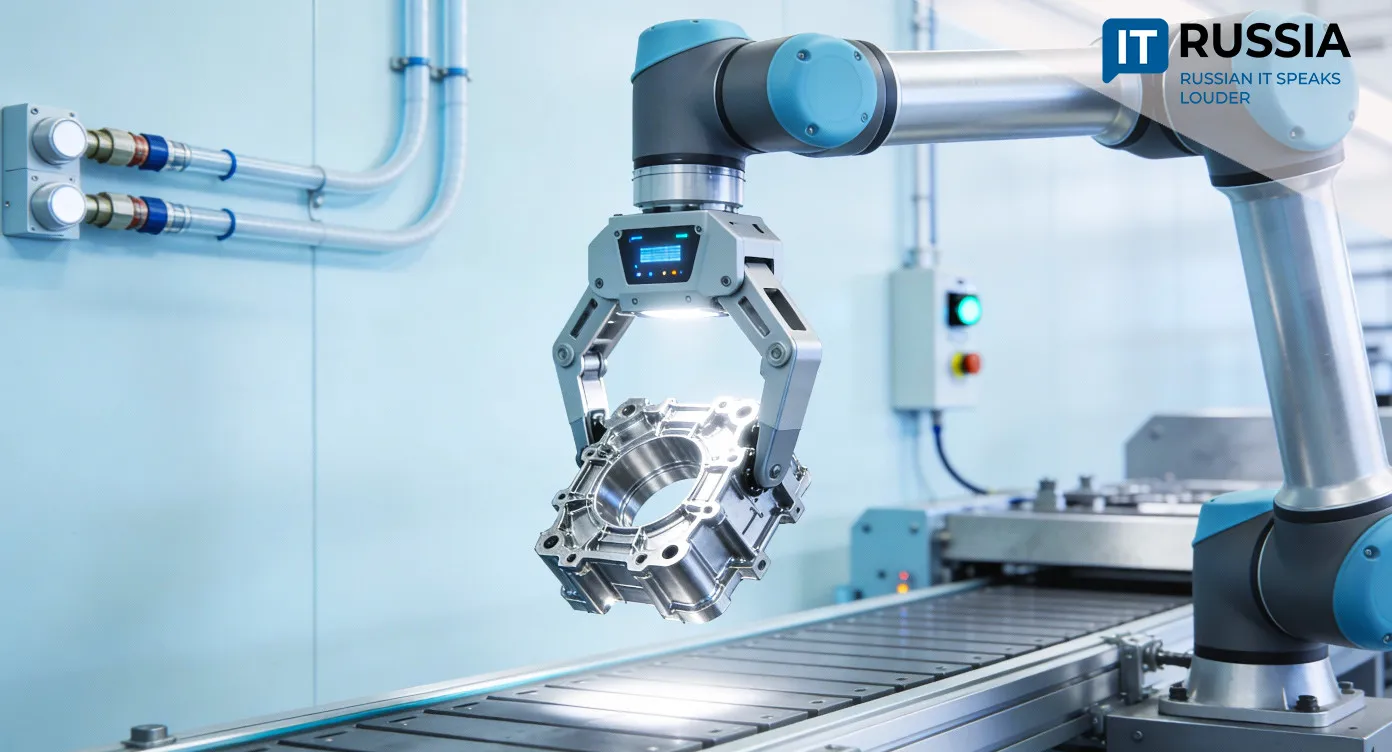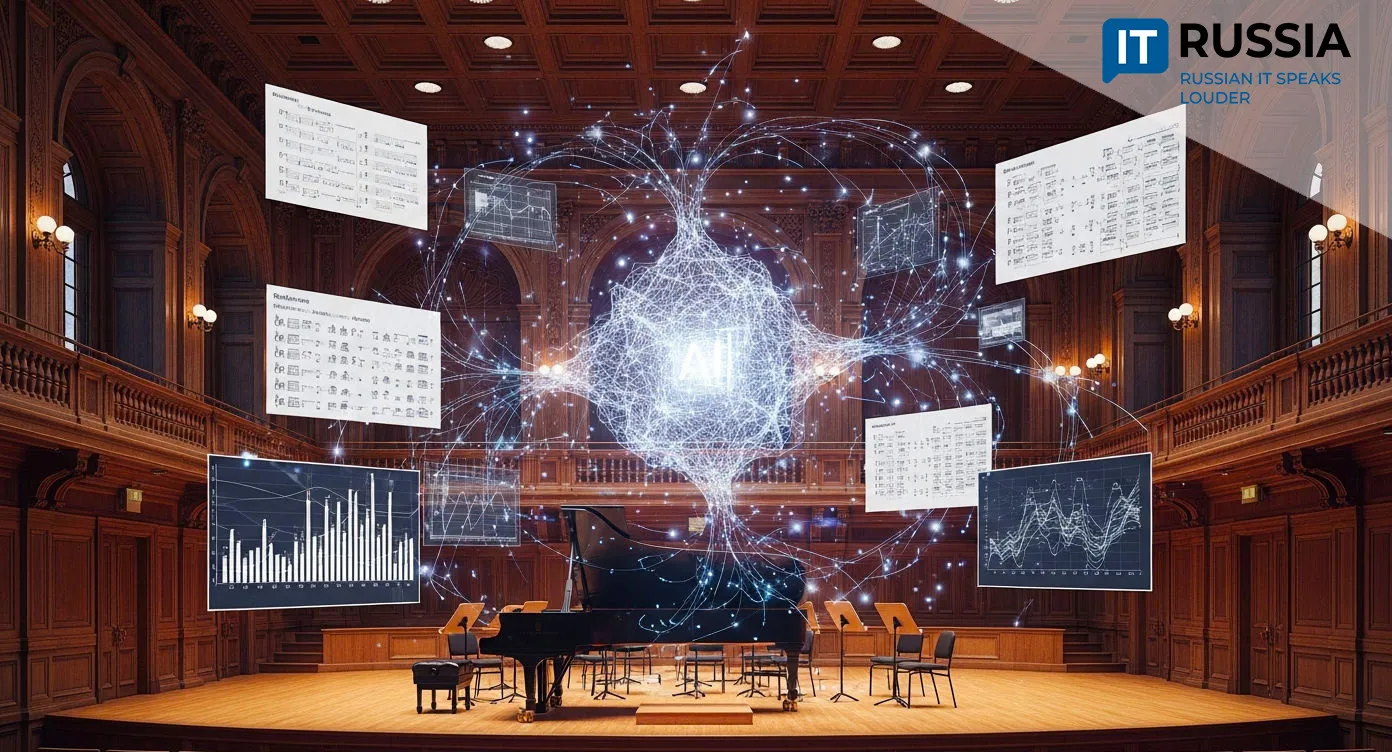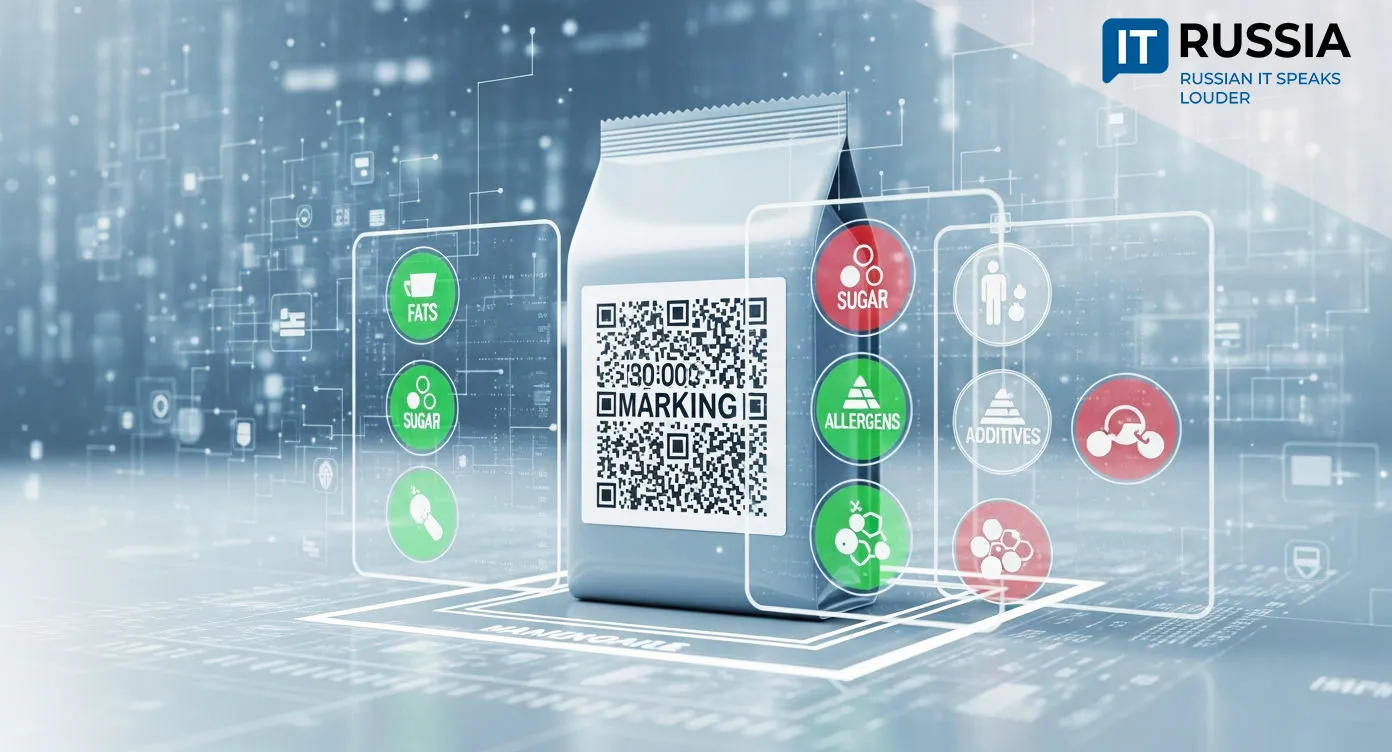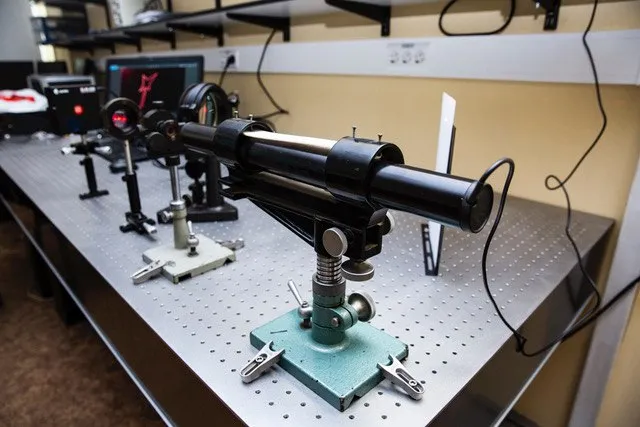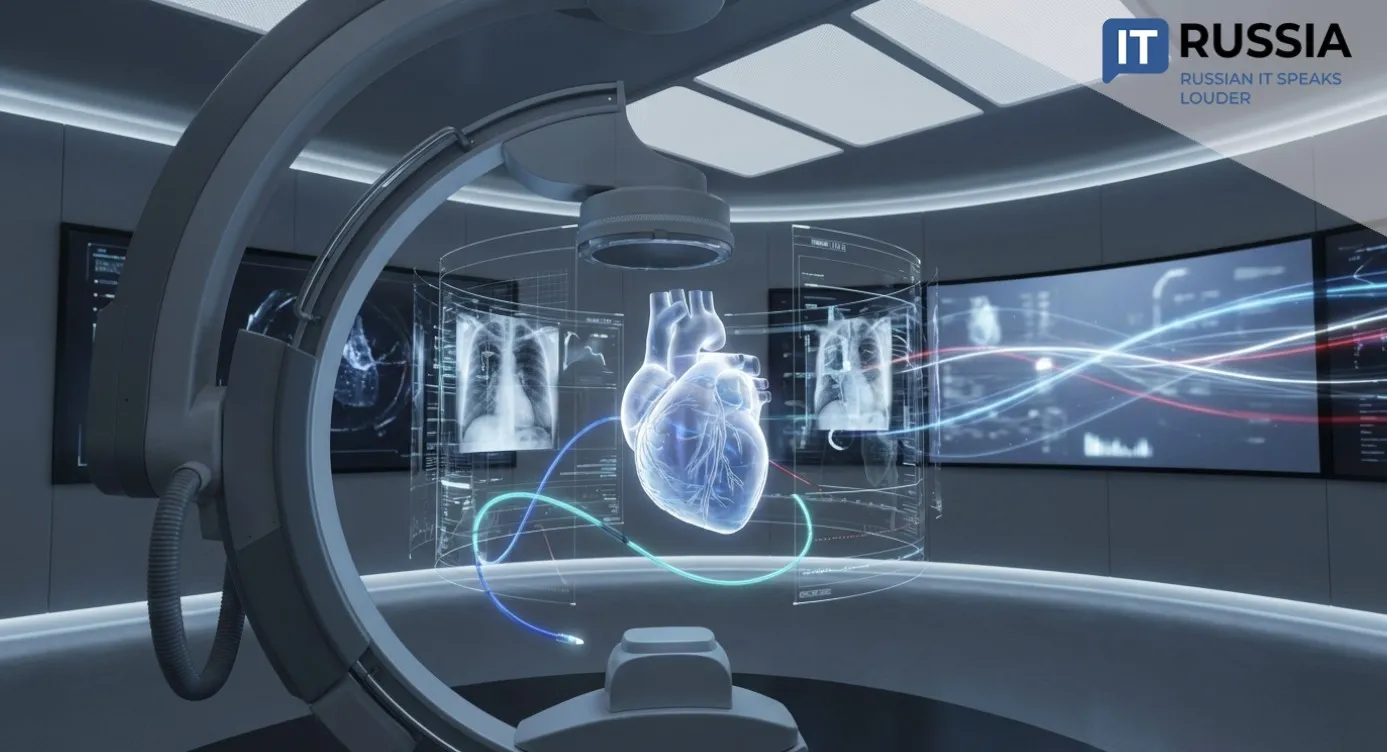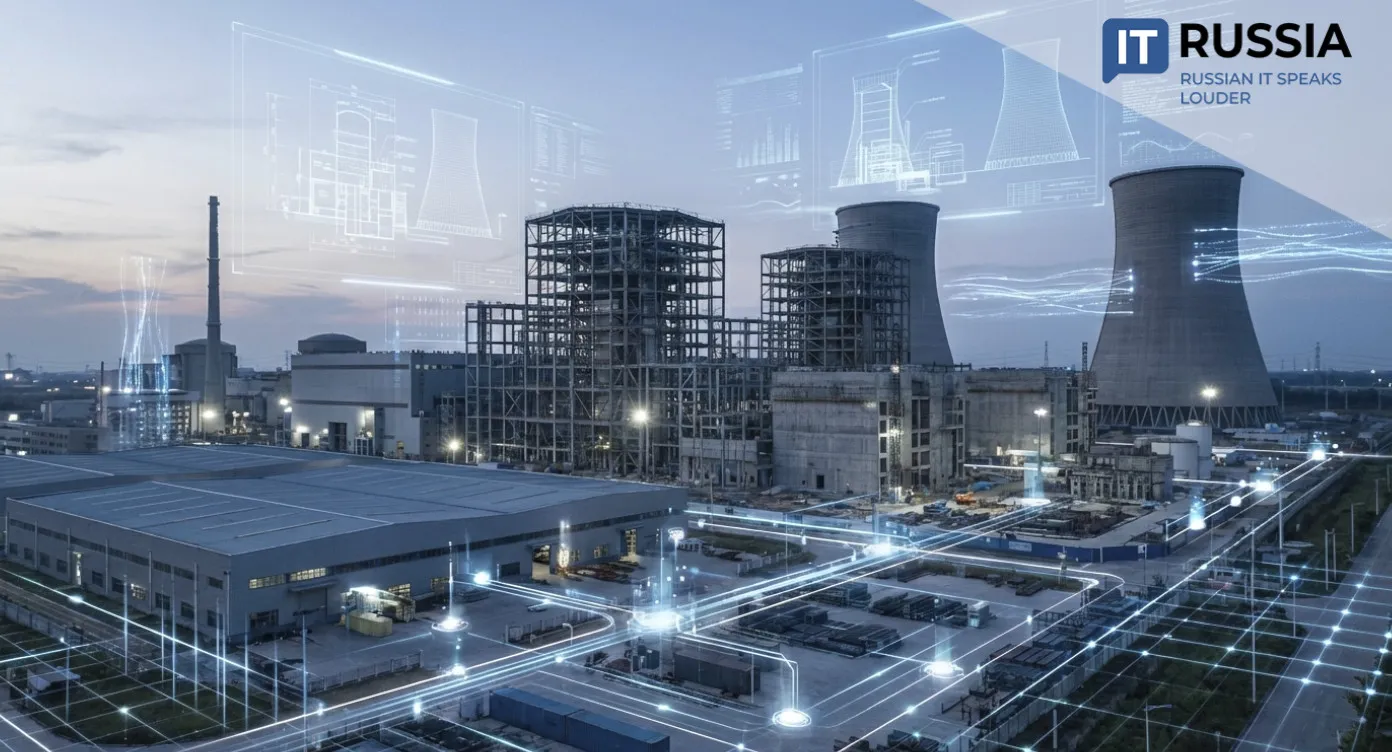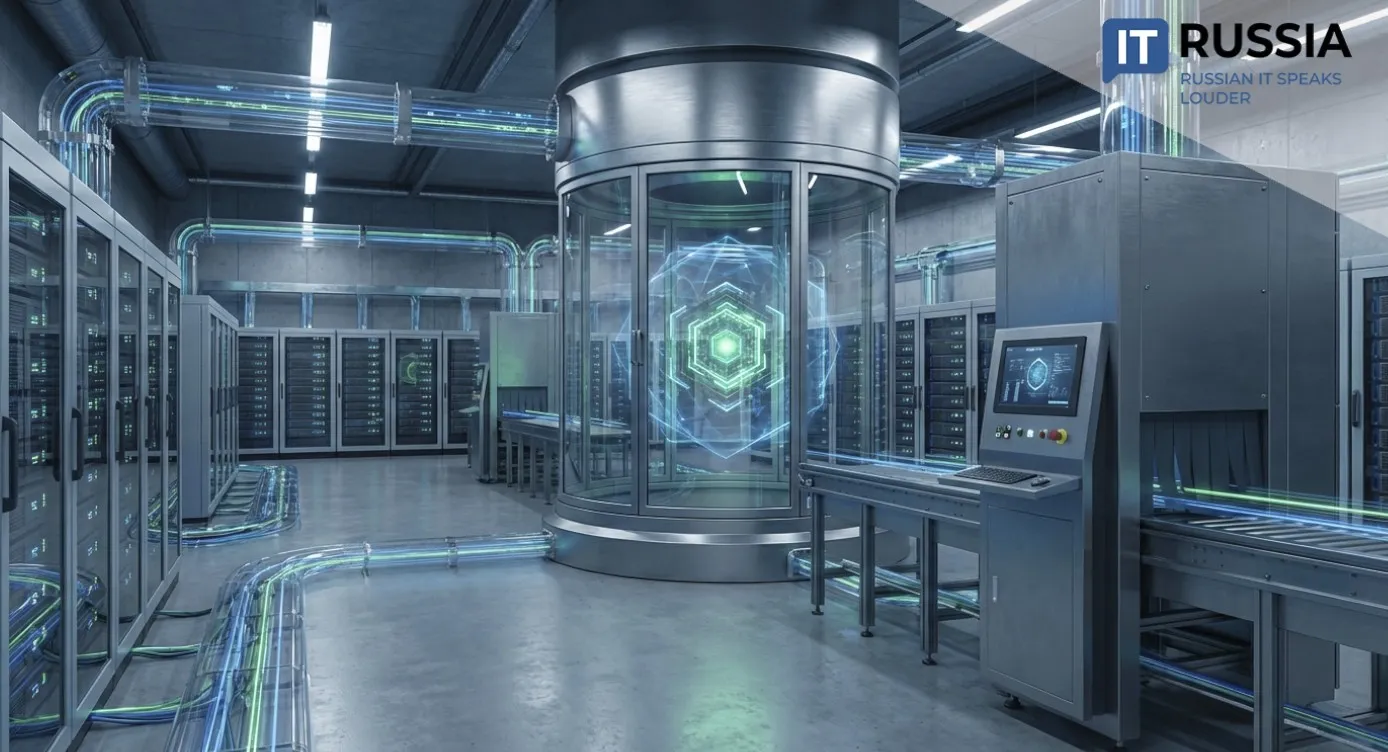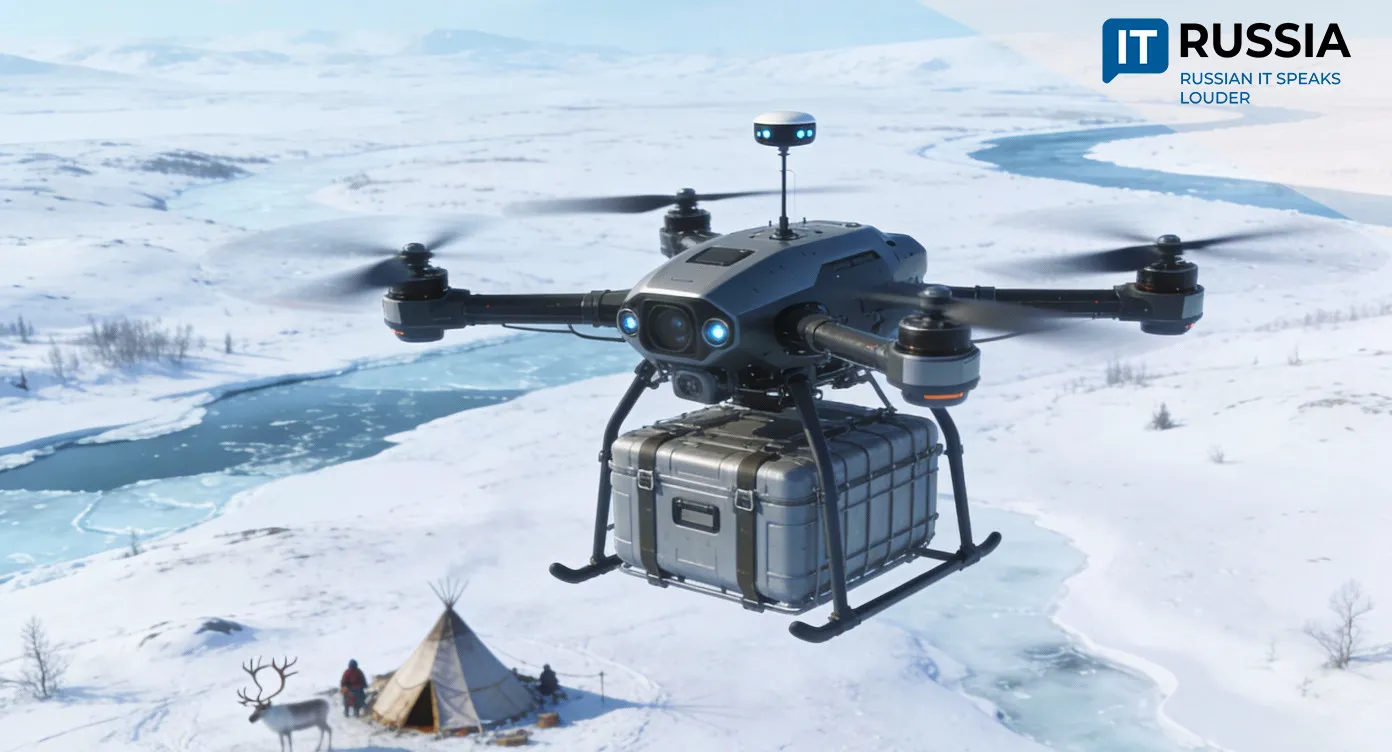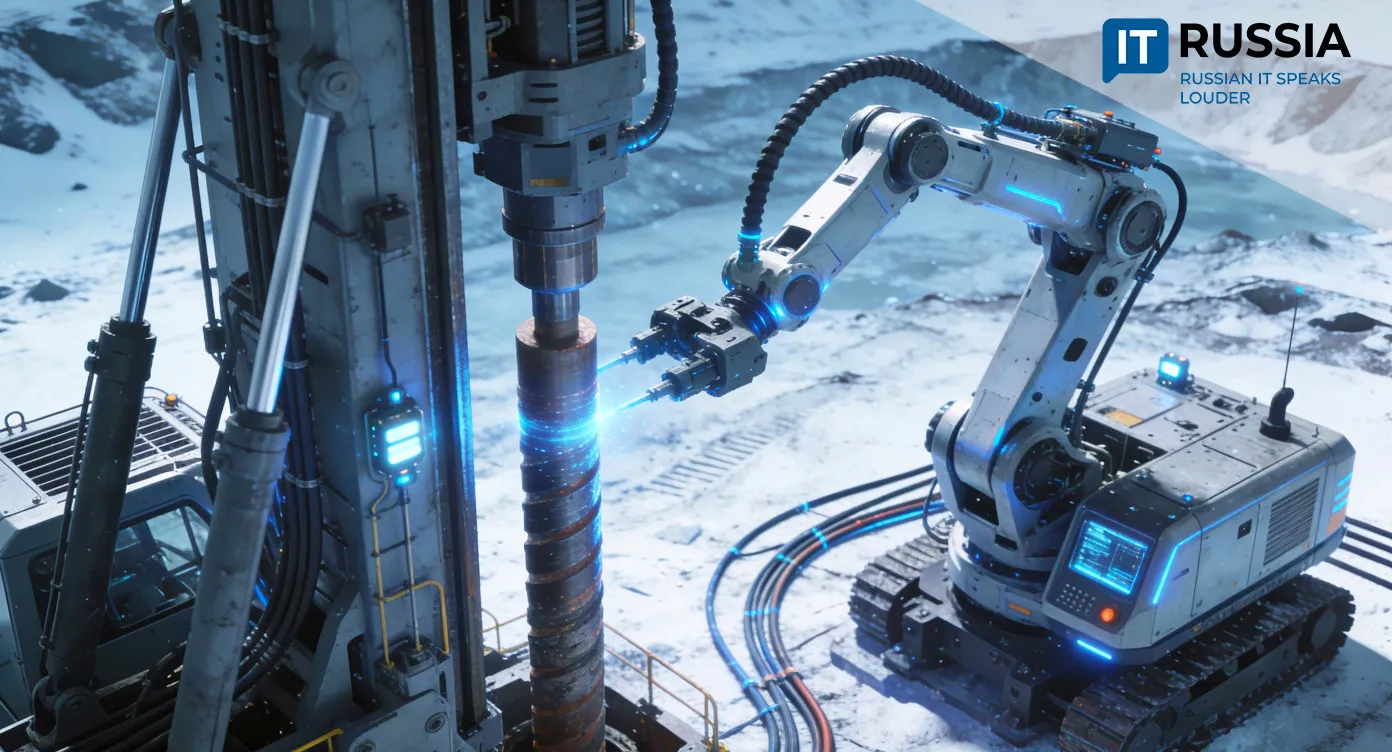Rosatom to Highlight Additive Manufacturing at Innoprom Belarus
At the international industrial exhibition “Innoprom.Belarus,” Rosatom will present a comprehensive display of additive manufacturing. The showcase spans powder preparation, digital modeling, complex component printing, geometry control, and reverse engineering.
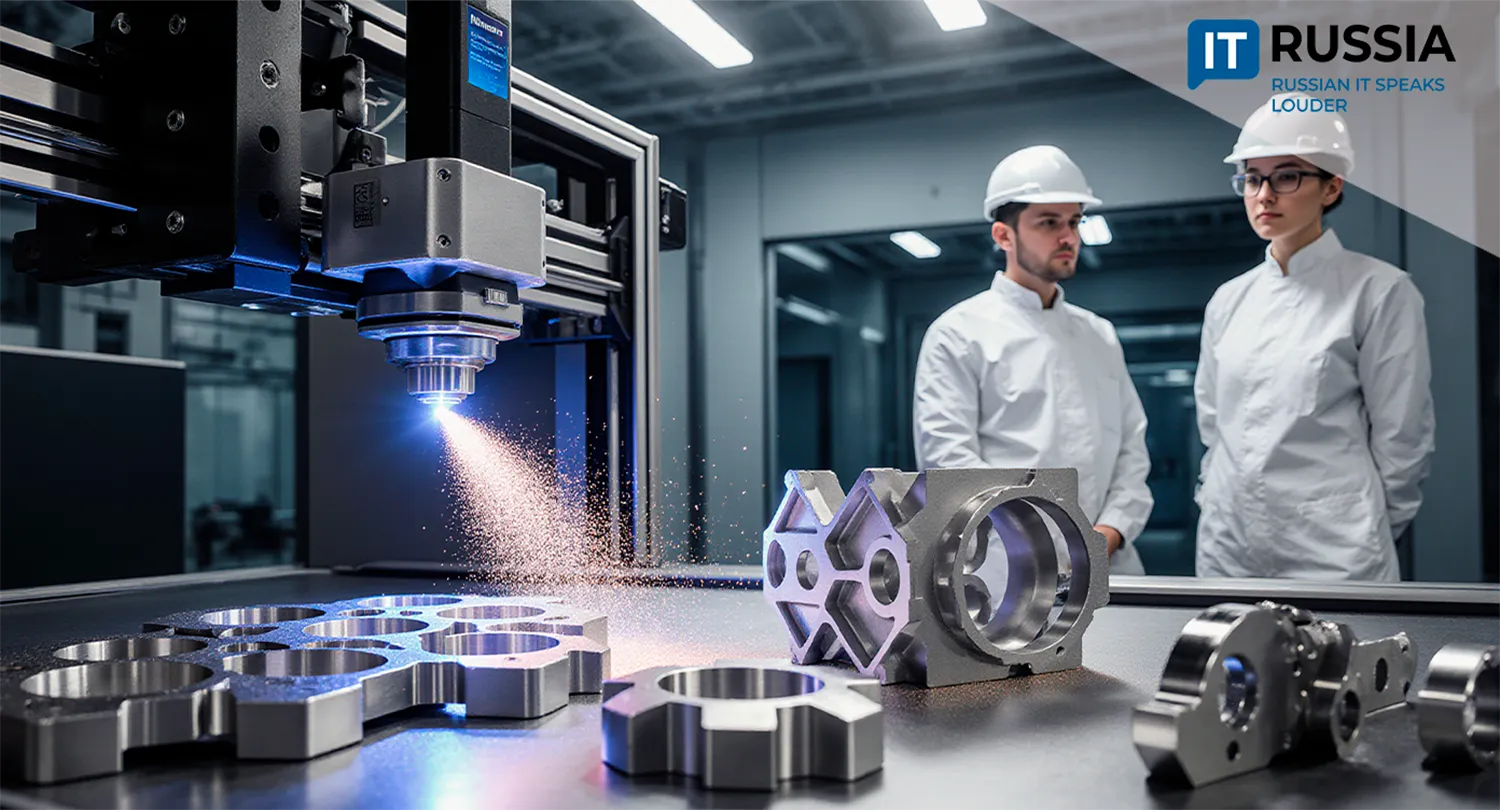
Full Technology Cycle on One Stand
Rosatom presents its offering as an end-to-end solution. Visitors will see the process from the engineering model and alloy selection to powder preparation, printing parameters, and post-print treatment, quality control, and final finishing.
The stand will feature powders for printing and finished products, along with a functioning RusMelt 300M printer, a mid-range selective laser melting (SLM) machine capable of working with aluminum, titanium, nickel, and other alloys.
Equipment and Materials on Display
The exposition includes both medium-format serial machines (RusMelt 300M/310M) and large-format systems (RusMelt 600M), all operating with selective laser melting technology.
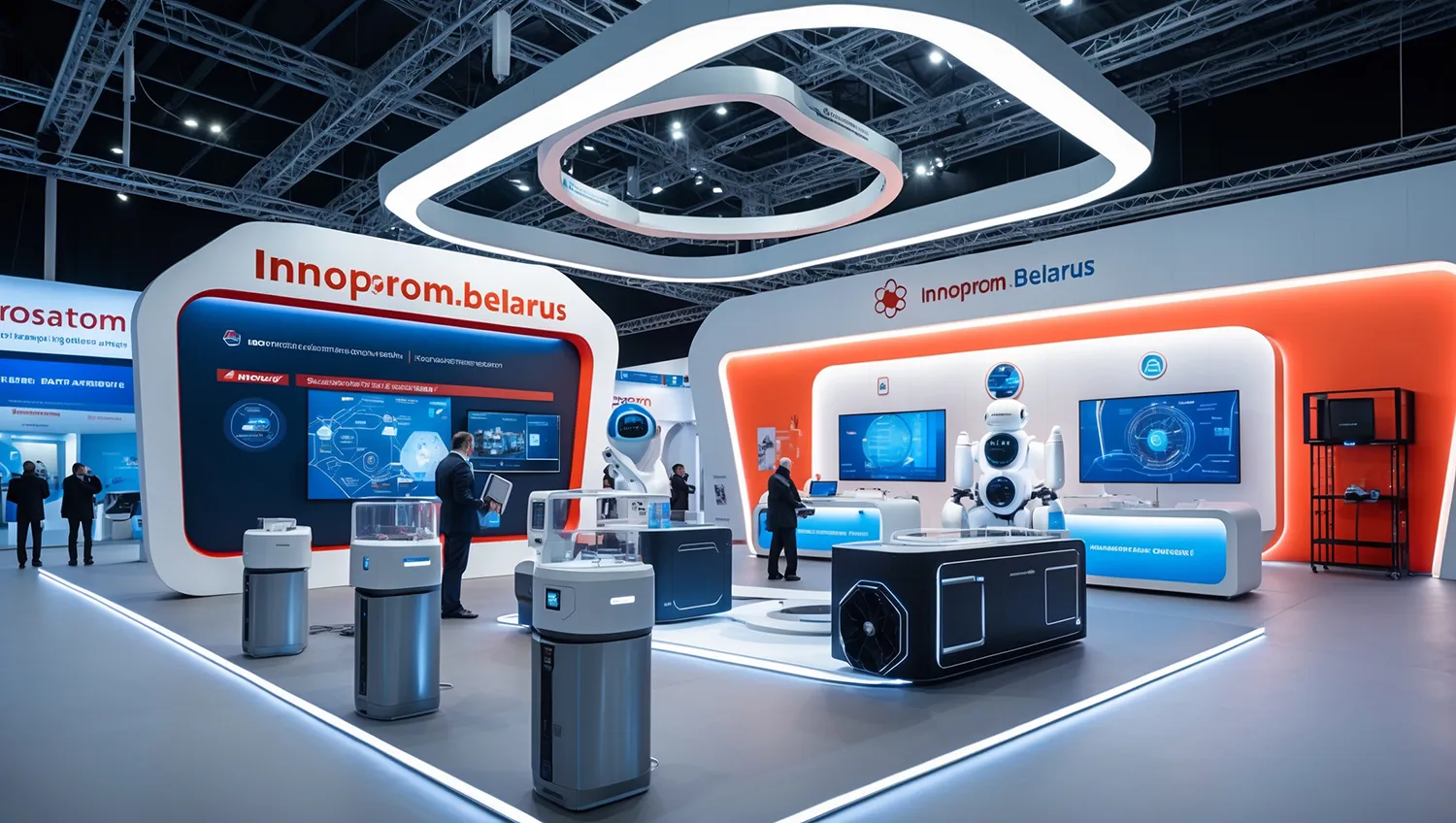
These installations can process heat-resistant and corrosion-resistant alloys in high demand across the energy and aviation sectors. Rosatom also highlights the supporting ecosystem: prepared powders, modeling software, post-print heat treatment systems, and finishing mechanical processing.
Quality Control and Reverse Engineering
A key stage of the additive cycle is verifying geometry and compliance with technical requirements. On display will be the RangeVision Pro 2 3D scanner and software tools for comparing “as printed” with “as designed.” This enables quick identification of deviations, model adjustments, and component reprints, or preparation for mechanical finishing.

Another important function is reverse engineering: by scanning an old part, it becomes possible to create a digital model and restore or improve a component without lengthy design work.
From Demonstration to Deployment
Rosatom will also demonstrate practical applications, including complex components for shipbuilding, power engineering, aviation, and healthcare, as well as mandrels, stamping dies, and spare parts for repairing outdated equipment.
A roundtable on additive technology development in Belarus will also take place at the exhibition, where participants will discuss implementation pathways, localisation of production, quality standards, and workforce training.
Printer Production and Localization
Rosatom is gradually developing serial production of its own 3D printers. As a result, additive manufacturing is moving from pilot projects to real industrial-scale deployment. Solutions shown at exhibitions today are on track to become widely available to enterprises in the near future.

The corporation offers a full set of competencies: materials, technology, and comprehensive support. For enterprises, this represents a chance to accelerate modernization, shorten manufacturing and repair timelines, and gain access to advanced alloys and production methods.


